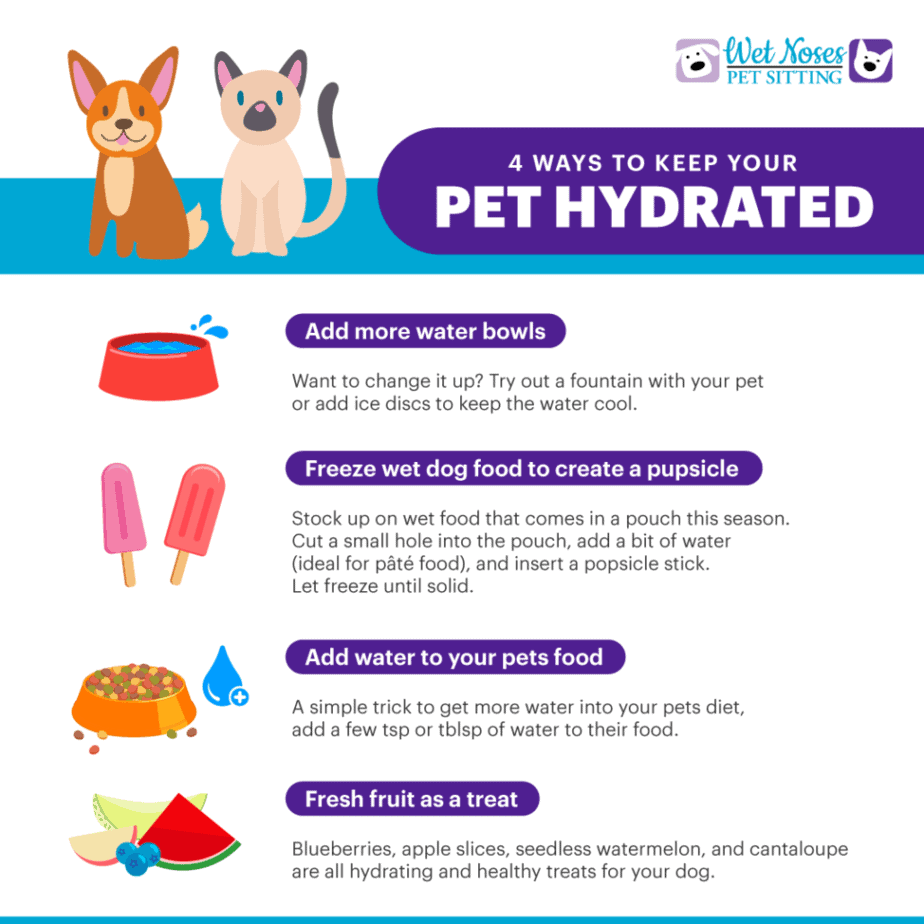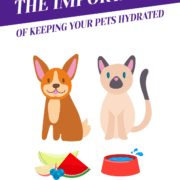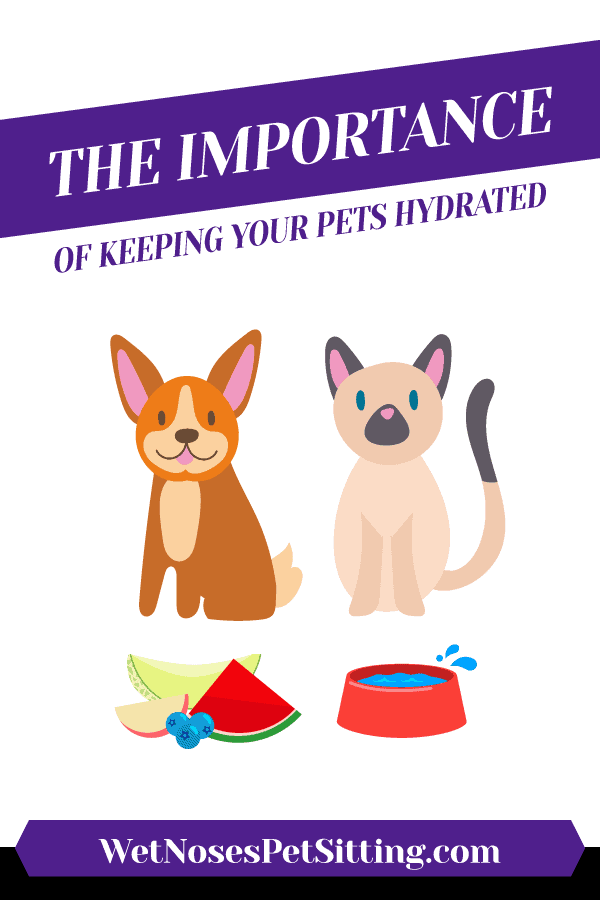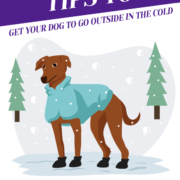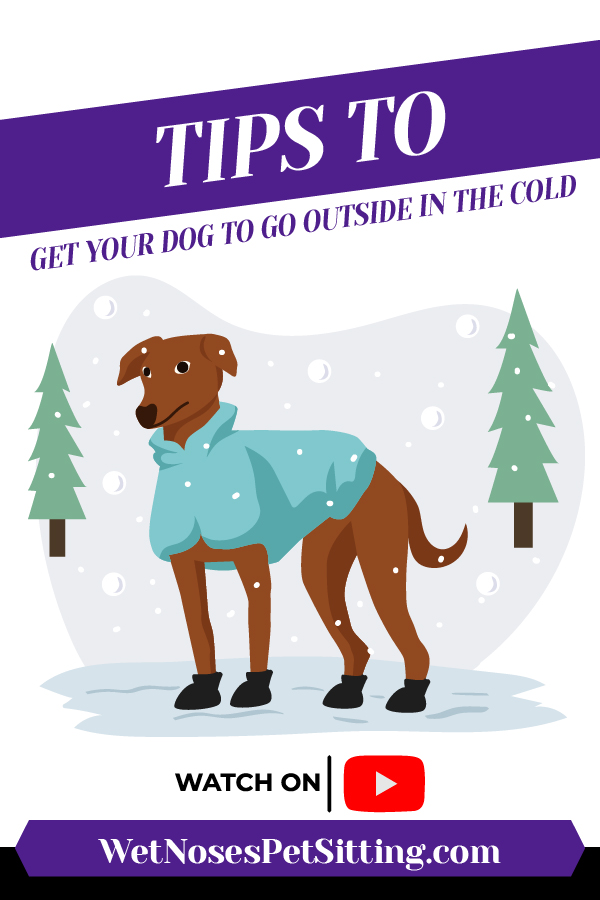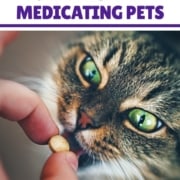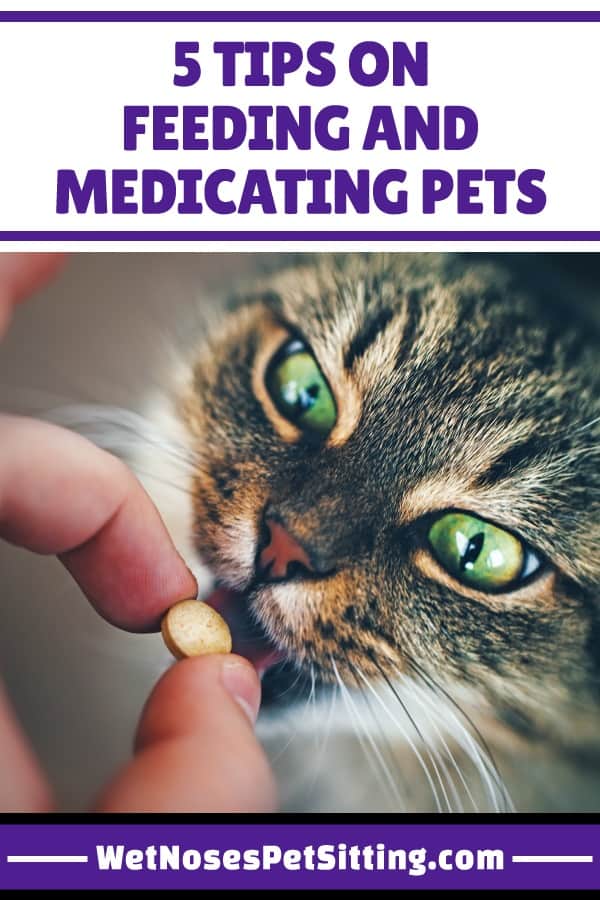
All of our sitters at Sidehill have lots of experience working with animals in various settings. Over the years we have picked up some tips for a variety of pet care topics such as feeding, medicating, walking and playing. This article will focus on feeding and medicating pets.
Feeding
Your Sidehill sitter will always follow the feeding directions you give us, but here are some tips we have picked up over the years.
Wash out food and water bowls at least once a week.
After about a week a slimly layer of germs will build up in your pets water bowl, not only is this gross but it could make your pet sick. If you feed wet food, food bowls can end up with a lot of dried food stuck in them. All this dried food gives bacteria a good place to hide. Washing out food bowls removes these bacteria.
If you feed wet food, add water.
This tip has two positives, the first in cleaning and the other in pet health care. Adding about a tablespoon of water to wet food makes it much easier to clean. The food does not dry our as much so you can simply rinse the bowl rather than having to scrub dried food off. The other positive is that it tricks your pet into drinking some extra water.
Add water to an older pet’s dry food.
Dental disease is very common in pets, particularly older pets. This can cause their teeth to be sore and make it hard to eat dry kibble. By adding about a tablespoon of water and letting it sit you will soften the food and make it easier to eat. Many people find that this makes a huge difference in that amount of dry food their dog will eat.
Medicating
Your Sidehill Sitter is a pro at medicating dogs and cats, here are some tips on how we do it.
Hide the pill.
The easiest way to medicate a dog or cat is to hide the pill. There are a million different ways to hide the pill and what you choose depends of what food your dog or cat likes to eat. Choose a food that your pet loves and will gobble up without a second thought. Many people sneak pills into their dogs food and mix it up with wet food, this works really well for dogs who love their food. What I have found to be the most effective method for dogs is hiding the pill in a teaspoon of peanut butter. Most dogs LOVE peanut butter and its sticky texture will keep the pill from falling it. Be sure the peanut butter you use is dog safe (see our article on Xylitol in a previous blog). Cats can be a littler trickier to trick into eating a pill. Many pet owners have found success using pill pockets or placing the pill in a soft treat. Another good option is mixing the pill in a tiny bit of canned tuna.
Tickle your pet.
This one sounds really odd but it is a good option for pilling dogs and cats. This method involves putting the pill in your pet’s mouth then making your pet swallow it. For dogs and cats who do not run away when you try to pill them, walk over and open your pet’s mouth. Put the pill of the as far back on your pet’s tongue as possible. Close your pet’s mouth and hold it closed. Now for the tickling part; while holding your pet’s head tilted up, stroke his or her throat with your finger. This will cause your pet to swallow, and swallow the pill. Be sure to watch your pet for a minute after to make sure he or she did swallow the pill and did not spit it out. For pets who are prone to running away as soon as they see a pill bottle do the same steps, but start by straddling your pet between your legs.
Hopefully these tips will help make pet care easier for you and leave more time for having fun with your pet. Tips on other pet care topics will be in future blogs.
Do you have any helpful advice for feeding, medicating pets or other pet care tips? Write them on our Facebook page or email them to us! We would love to hear your tips.
